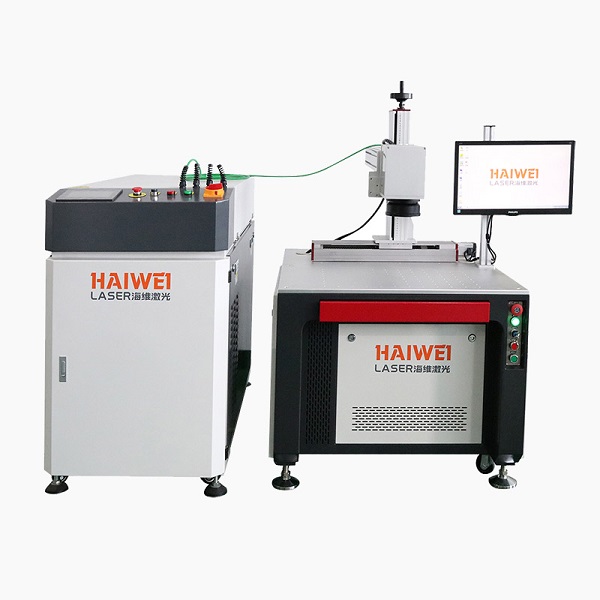How Multi-Axis Automated Laser Welding Machines Improve Efficiency
When it comes to modern manufacturing, multi-axis automated laser welding machines are becoming a practical solution for improving productivity and weld consistency. These systems combine the precision of fiber laser technology with flexible motion control, allowing complex weld paths on 3D parts without frequent repositioning.

Unlike basic handheld or fixed-beam setups, a multi-axis automatic laser welding machine typically integrates a robotic arm (4-axis or 6-axis) or CNC-controlled positioning system. This enables the laser head to access hard-to-reach areas, maintain optimal beam angles, and complete full circumferential or curved welds in a single cycle—reducing manual handling and increasing throughput.
One often overlooked benefit is process stability. With automated path programming via offline software, weld parameters such as speed, power, and focus remain consistent across batches. This reduces variability and lowers rework rates, especially in high-mix production environments.
Integration with existing production lines is another strength. Most multi-axis systems support common industrial communication protocols like Profinet, EtherNet/IP, or Modbus TCP, making them compatible with factory automation and data monitoring platforms.
It’s important to note that efficiency doesn’t only come from speed. The real gain lies in reduced labor input, fewer fixturing changes, and improved first-pass yield. For example, in fabricating battery enclosures or hydraulic components, a 6-axis laser welding cell can complete multiple seams in under a minute with minimal operator intervention.
When evaluating a multi-axis automatic laser welding machine, consider not just the number of axes but also repeatability, software ease-of-use, and service support. Look for models with intuitive teaching pendants or CAD-to-path programming to shorten setup time.
In summary, upgrading to a multi-axis system makes sense for manufacturers aiming to boost output while maintaining high weld quality. It's not just automation—it's smarter, more adaptable production.
Recent Posts
- What are the advantages of laser welding machines in lithium battery pack production lines?
- What issues should be noted when choosing a lithium battery pack production line?
- Quality Inspection and Control of Lithium Battery Module Pack Production Line
- Cell grouping and sorting process in lithium battery module pack production line
- What are the safety hazards of lithium battery pack production lines and how can they be prevented?
INQUIRY

